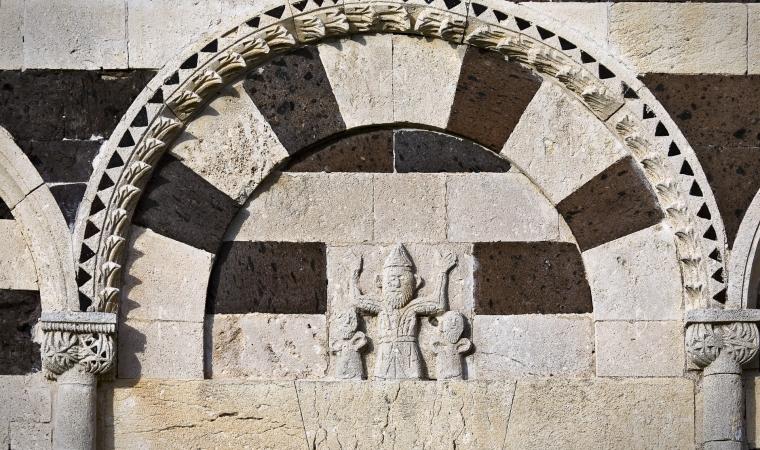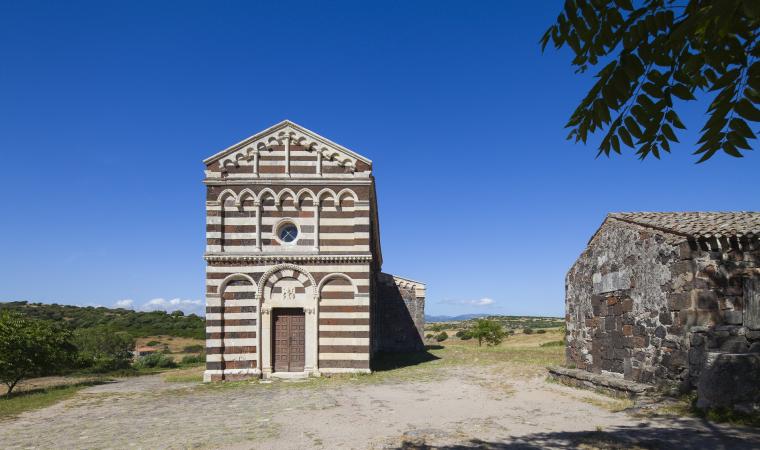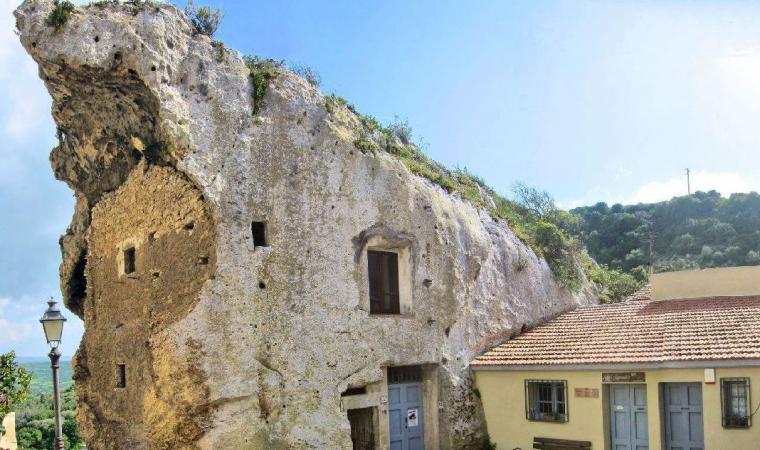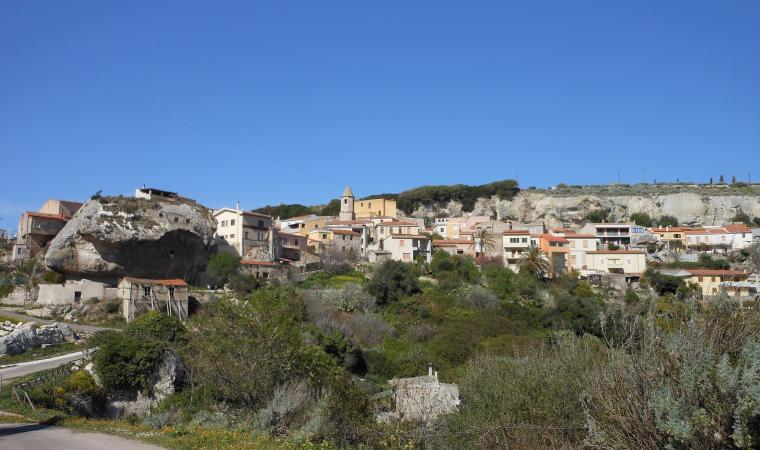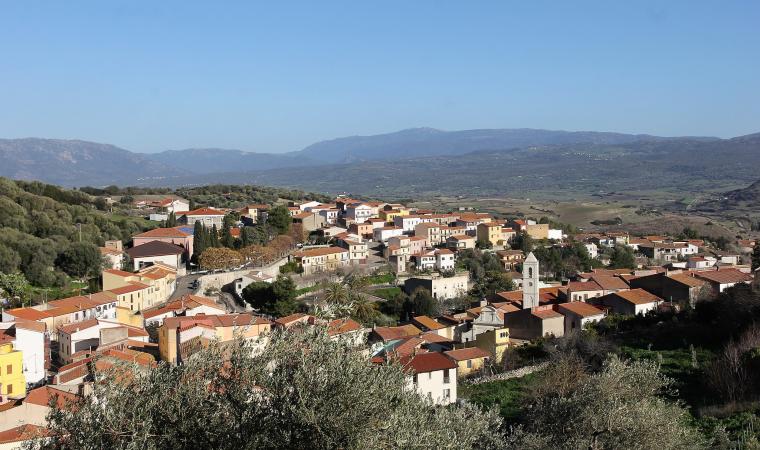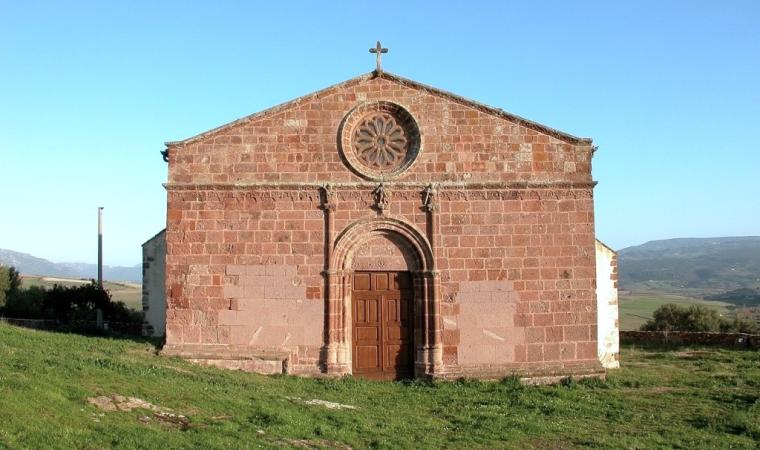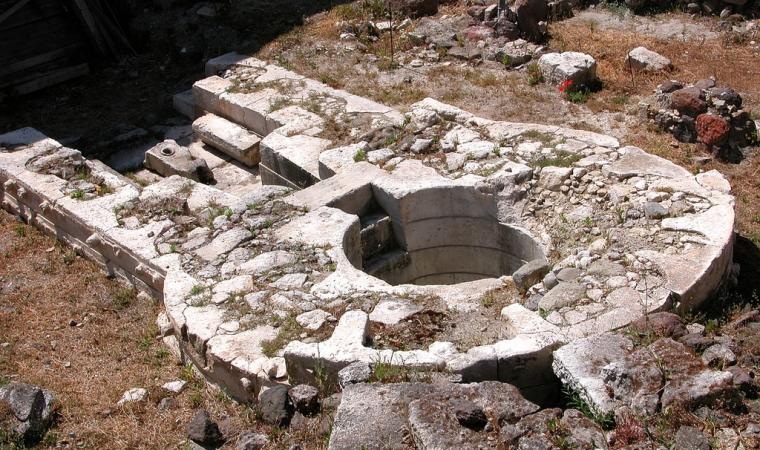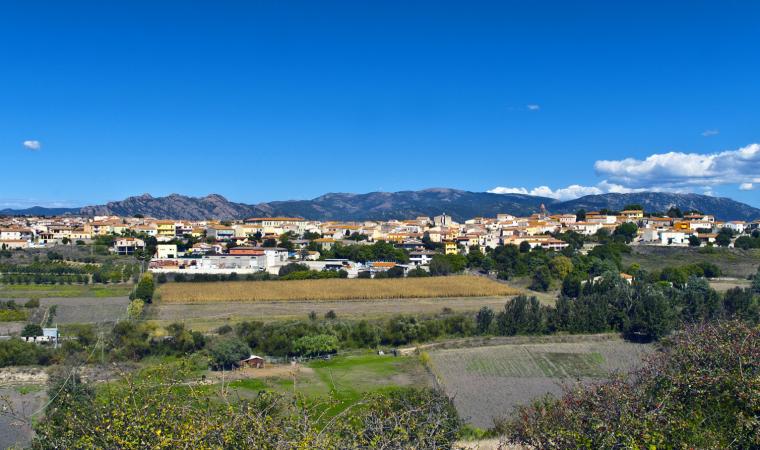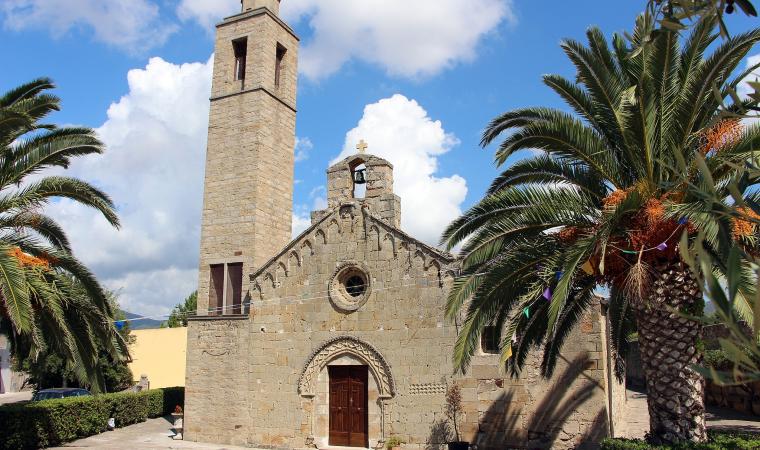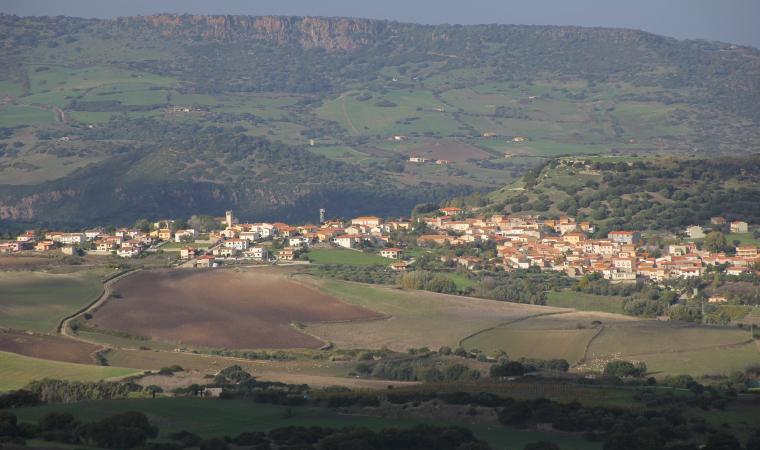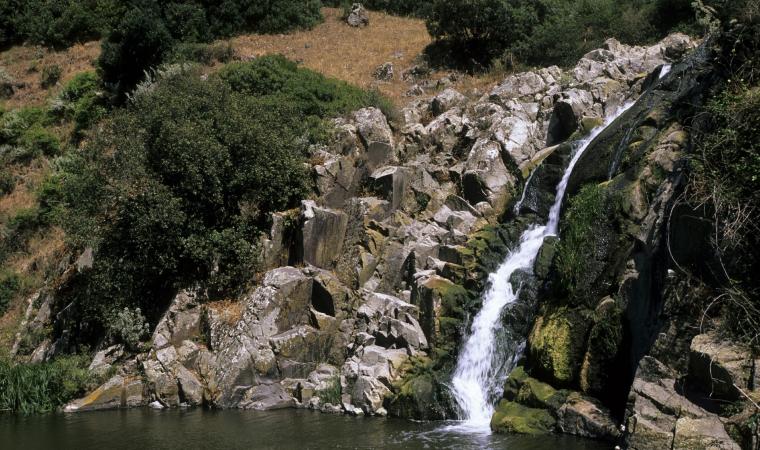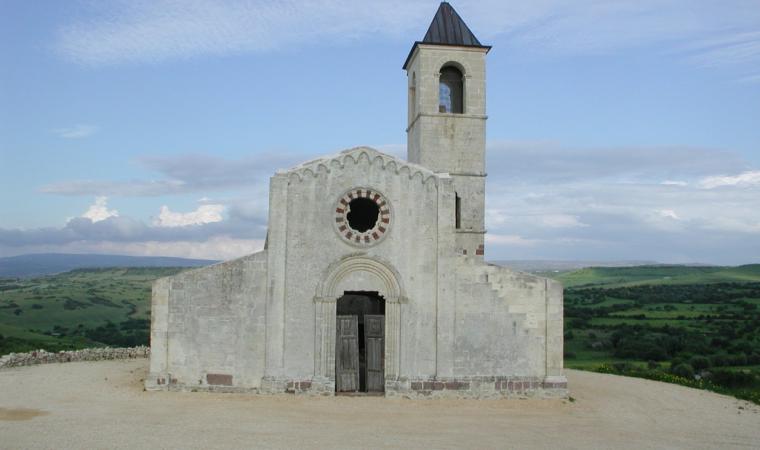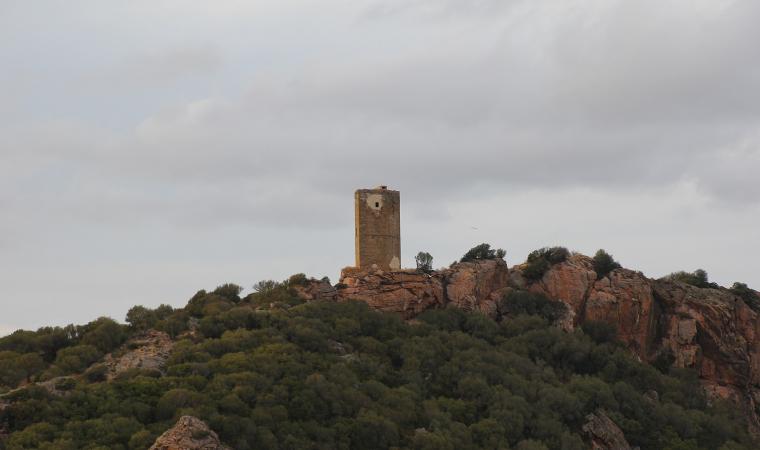It lies along a hilly stretch of Mount Acuto. Bulzi is a village with approximately 530 inhabitants, featuring the Logudoro dialect, even though it is part of the historical region of Anglona. The most remote reference regarding its origins is in the 1368 'Pace di Arborea' (Peace of Arborea) documents, in which a representative from the community of Gulsei, the ancient name of the village, is mentioned. Its territory started to be populated in the Lower Paleolithic period. Evidence of the Nuragic and Roman periods has also been confirmed. Today it is a 'cradle' of cultural traditions, as the deeply-rooted devotional aspects demonstrate, like the liturgical chants, artisan products including textiles (rugs), weaving (baskets), leather goods (saddlebags, legs of boots, saddles) and items deriving from wood carving.
The old town centre stands out with its agricultural-pastoral style of houses and narrow streets. An important architectural monument is the complex of Funtana Manna, dating back to the 19th century, consisting of a fountain and three pools. The first two were a wash house, the third, which does not communicate with the others, was a drinking trough with four openings perpetually fed by a spring separate from the municipal aqueduct. The church of San Sebastiano, patron saint of the village and celebrated on 20 January, is also particularly important, due to its ancient and fine quality furnishings, among which a rare group, namely a multi-coloured wooden Deposition, perhaps created in Tuscany at the end of the 13th century. The furniture was transferred to the parish church from the church of San Pietro del Crocifisso (or delle Immagini), dating back to the 13th century, one of the most important examples of Romanesque-Pisan art in Sardinia and part of a monastic complex of which only a few traces still remain. Its two-tone façade, enriched by little arches made of whitish stone, stands against a background of meadows, rocks and hills in the Anglona area, a territory full of medieval monastic settlements.
The celebrations that make Bulzi stand out are the ancient Carnival, the Holy Week rituals and Sa Die de Su Rughifissu (of the Crucifix ) at the end of June, to which S'Ardia is linked, an equestrian tournament that takes place around the village, at the basilica and at the monastery of San Pietro. In the summer, St. Isodore is celebrated in August and St. Lucy is celebrated in September.


